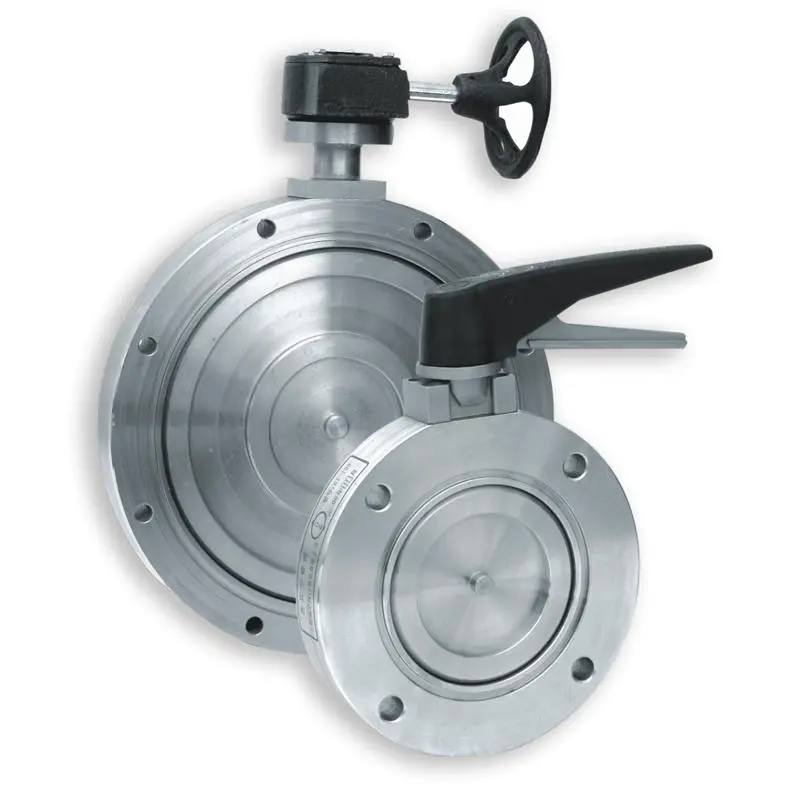When high vacuum butterfly valve is used, temperature has great influences on its performance.
When the valve is used in the scope of creep temperature, prestressing force on bolts falls due to flanges, bolts and gaskets loosening. Flange connection may also have the same phenomenon under the condition of temperature gradient. For this, bearing capacity on flange connection may be decreased, resulting in leakage. When temperature rises, especially under pressure of PN1.6 (2.5MPa), leakage may occur on flange connection.
Low temperature impacts on high vacuum butterfly valve:
When temperature is lower than -29℃, tenacity and impact resistance of some materials fall sharply. So, applicable pressure cannot excess than corresponding pressure under the temperature.
Thermal expansion of media influences on high vacuum butterfly valve:
Under some situations, double sealing seat is designed to be able endure two-direction differential pressure on bonnet of neighboring pipes. When bonnet is filled with media, the temperature grows and results in pressure on bonnet increasing. For example, when use isolating valve to test high temperature system of cold hydrostatic test, if the valve is not fully on or partially opened to discharge media on bonnet after test, remained media may be heated when system starts to operate. Nevertheless, customers should require to be provided with design measure or using procedures, so that pressure in valve cannot be higher than pressure of relevant temperature allowed by standards.
